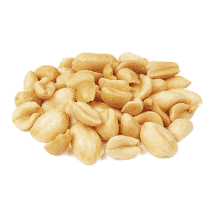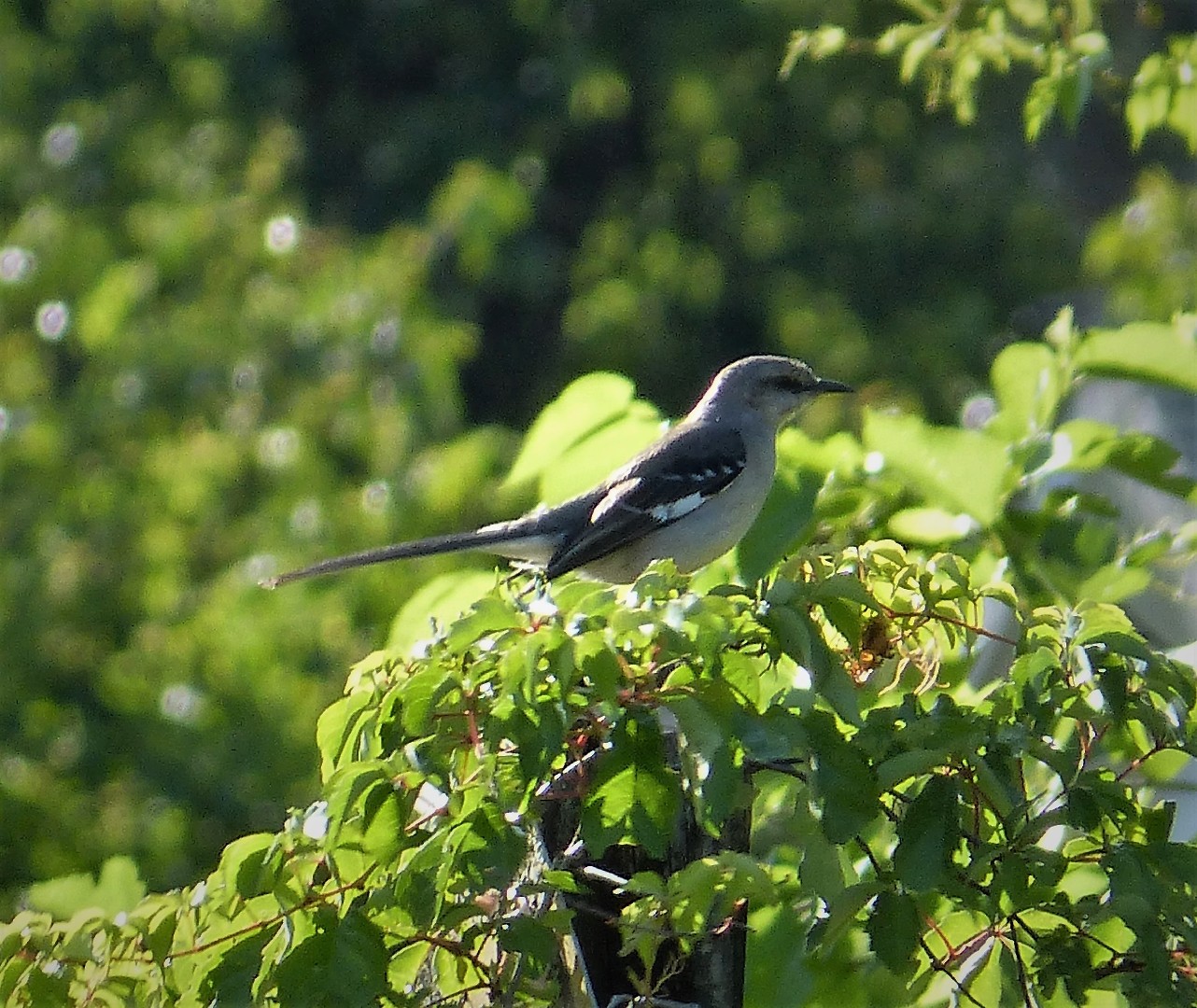Northern Mockingbird
A species of Typical mockingbirds, Also known as Mocker Scientific name : Mimus polyglottos Genus : Typical mockingbirds
Northern Mockingbird, A species of Typical mockingbirds
Also known as:
Mocker
Botanical name: Mimus polyglottos
Genus: Typical mockingbirds
Content
Description People often ask General Info
Description
The northern Mockingbird is able to mimic the sound of more than 30 bird species, but this master mocker has also been known to imitate the sounds of a whistle, frog call, or a dog's bark. The mimicry keeps other birds out of the mockingbird's territory, but it also plays an important role in courtship - the male with the best mimicking skills is the most attractive to females. You will often hear this mockingbird singing on moonlit nights. Widespread throughout the US, the northern Mockingbird is a state bird of Arkansas, Florida, Texas, Mississippi, and Tennessee.
Size
21 - 26 cm
Life Expectancy
8-20 years
Nest Placement
Shrub
Clutch Size
2 - 6 eggs
Incubation Period
2 - 3 broods
Number of Broods
12 - 13 days
Nestling Period
12 - 13 days
Feeding Habits
Northern Mockingbird predominantly consumes insects like beetles, earthworms, and moths in summer, shifting to a diet rich in fruits and berries, such as multiflora rose, during fall and winter. They feed on a wide array of ornamental bush berries and drink sap from pruned trees.
Habitat
Northern Mockingbird predominantly occupies open and semi-open areas, including forest edges, residential neighborhoods, and farmlands. These birds thrive in environments with a mix of open grassy stretches and dense vegetation such as hedges and fruiting bushes. They can commonly be found in roadside thickets, city parks, and brushy deserts. Northern Mockingbird shows a preference for lower elevations and is often associated with human-modified landscapes like parkland and suburban areas, where shrubby or second-growth habitats are abundant.
Nest Behavior
Males of northern Mockingbird may initiate several nests before females select one to complete and use for egg-laying. If involved with fledglings, a male might still be in the care phase while the female begins laying in a new nest.
Nest Characteristics
Northern Mockingbird nests are found 3-10 feet above ground in shrubs and trees, occasionally up to 60 feet. They feature a cup-shaped structure constructed from dead twigs, lined with grass, rootlets, leaves, and various debris, including plastic or foil.
Dite type
Omnivorous
People often ask
General Info
Feeding Habits
Bird food type

Hulled Sunflower Seeds

Suet

Peanut Hearts

Fruit

Mealworms
Bird Feeder Type

Platform

Ground
Sounds
Call
Recording location: United States
Song
Recording location: United States
Song
Recording location: United States
Behavior
Northern Mockingbird exhibit a lifestyle characterized by solitary or pair-oriented activities, prominently perched and vocalizing in their environment. Their daily activities involve a mix of walking, running, and hopping in search for prey on the ground or aerially plucking insects and fruit. These birds are infamous for their year-round territorial aggression, engaging in standoffs and physical confrontations over boundaries with other northern Mockingbird and even larger animals. Their flight, often languid with pronounced wingbeats, can vary dramatically, sometimes resulting in a swift descent from a perch with wings tucked in.
Distribution Area
The mockingbird's breeding range is from Maritime provinces of Canada westwards to British Columbia, practically the entire Continental United States south of the northern Plains states and Pacific northwest, the Greater Antilles, and the majority of Mexico to eastern Oaxaca and Veracruz. Sightings of the mockingbird have also been recorded in Hawaii (where it was introduced in the 1920s), southeastern Alaska, and twice as transatlantic vagrants in Britain. 
Scientific Classification
Phylum
Chordates Class
Birds Order
Perching birds Family
Mimids Genus
Typical mockingbirds Species
Northern Mockingbird 